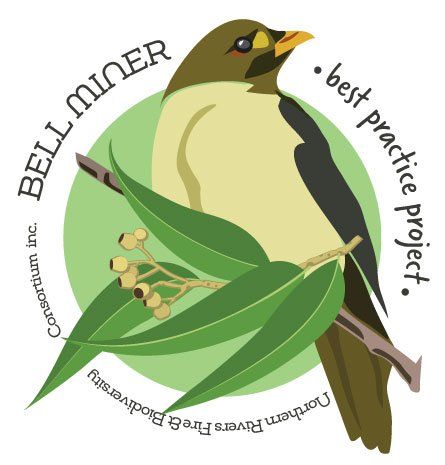Setting Priorities
As BMAD is a complex and long-standing issue on the north coast, many locations will have multiple sites that are affected. When faced with multiple sites and limited resources, you may need to triage your response. You would be forgiven for thinking that the most logical place to start is the largest or most severely affected area, but it may be better to treat less affected or susceptible areas at a lower cost with a better outcome. Areas that are severely affected will require significant resources, time and intervention to restore, competing for resources that may be better spent elsewhere.
Whatever the decision, it is important to ensure that BMAD damage does not expand into new areas and that you can follow up on previous works. Using the map developed in the previous step, prioritise your work zones with the following suggested philosophy.
- Use the map you developed
in the Information Gathering exercise to refine where you need to be working. Where are your wet forest types with overly dense mid storey vegetation? Which of these area are already BMAD affected, or have active colonies or nearby susceptible areas? Are there places that have more to loose if you dont intervene?
- Consider what resources are available to you to manage BMAD and your capacity to undertake the work in the medium-long term (five to ten years). Be willing to adjust your priorities according to what’s possible and what’s important to you. Consider important assets, access and other constraints when planning your works.
- Determine what interventions are required: mid storey treatment, follow-up weed control work, hands-on bush regeneration, replanting of species lost from the site. Set goals for management zone. Ideally these goals would be SMART- specific, measurable, achievable, relevant and time-bound.
- Prioritise the least costly interventions for the greatest biodiversity and forest health gains. Sites with a greater ability to recover without heavy intervention (e.g. assisted revegetation) should be chosen first.
Prioritise smaller, outlying BMAD sites over sites that are larger and closer to a core bell miner population to limit expansion of the problem.
Management interventions must be adaptive and ready to move with the bell miners. Monitor where bell miners have moved to and adjust your treatment plan accordingly

Now that you've set your priorities you can develop a work plan
for your BMAD project.
Northern Rivers Fire & Biodiversity Consortium inc.
This project is supported by North Coast Local Land Services, through funding from the
Australian Government’s National Landcare Program and the NSW Department of Planning, Industry and Environment
through funding from the Saving Our Species Program.
